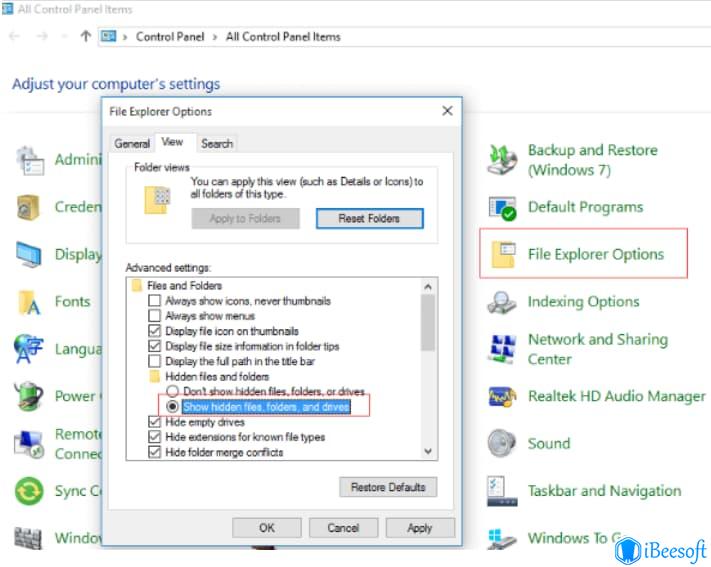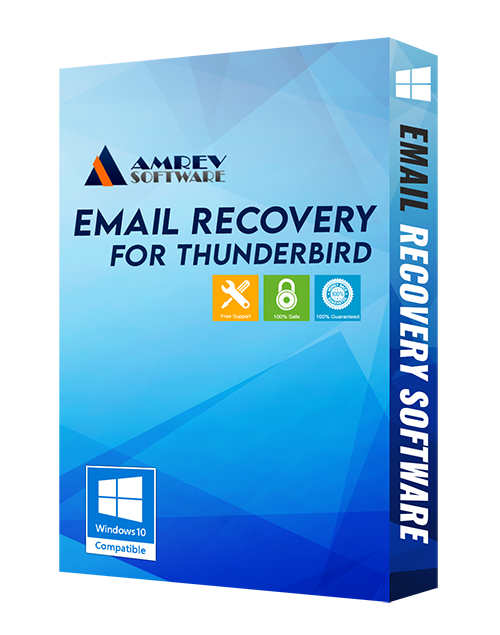
If a new Thunderbird is installed on the machine then you can overwrite the profile.By this, you can restore all related data into another location.Next, copy all the content and save it in any CD or removable storage device (USB, Smart Card, NAS, etc.).Then locate the folder and close Thunderbird.Hit the “Display Folders” button on the first tab that appears and this opens a dialog box that allows you to explore resources in the directory of profiles.Clicking “Help”>”Problem resolution” from the main menu.Copied Files can be found in the profile directory by.However, and then copy, save, and export files such as email contacts, and In a different directory, Thunderbird storesĬlient information from the installation directory. Backup Thunderbird Emails to the External Hard Drive
#Restoring thunderbird email how to
How to Backup Thunderbird Data Manually? #1. I suggest restoring a single users Maildir and once successful (check their Inbox, subfolders and Sent folder) do the others too.Let us begin with the process to export Thunderbird emails.
#Restoring thunderbird email portable
It’s possible the portable devices are trying to sync with the Dovecot server. Possibly Thunderbird has already started (on one or more workstations) and is now causing issues with lost emails. So how to actually do the restore? There are too many possible starting points that it’s hard for me to make a recommendation. This will assist until you know what’s going on. Before you start restoring email from backups, stop Postfix and Dovecot on the mail server. You can remove it and Thunderbird will re-create it. There will be one for every folder within Thunderbird. The second file type is the “*.mfs” file. I’d suggest making a copy of that file first to save time re-subscribing if the issue persists. Removing this file will mean you have to manually subscribe to folders again. The first is a single file called “.subscriptions” which holds a record of the directories that Thunderbird has subscribed to. This may help when sorting out inconsistencies between the Dovecot server and the mail client.Ĥ. You can remove them without hassles except that Dovecot will have to automatically rebuild them on next start/restart. Dovecot keeps a cache of emails in hidden files within each users Maildir root.

Mailserver1# rsync :/backups/mailserver1/user1/* /home/user1/ģ. While this would not include hidden files (notice the “*”): Mailserver1# rsync :/backups/mailserver1/user1/ /home/user1/ Rsync will include hidden files as long as you don’t use “*”.

If/when you rsync the files form the backup location to the Dovecot server, make sure to include hidden files. Keep in mind that some files and directories within the Dovecot directory structure are hidden. Dovecot stores emails as individual files but the structure of folders in an email client (such as Thunderbird) don’t make those of the Dovecot filesystem. If that’s you, make backups on each workstation and then get started on repairing your mail server.ġ. Well, not really, you do have the Thunderbird copy of the emails. I assume you have them otherwise you’re in a whole heap of trouble. It’s too late to recommend you do backups. The assumptions here are that a) you have file-level backups of the emails, and b) those emails are in “Maildir” format. This article discussed the issues and solutions relating to restoring email backups relating to Dovecot and Thunderbird.


 0 kommentar(er)
0 kommentar(er)
